Foraging for edible and medicinal plants is fascinating, fun, and an excellent entrance to healthy living, besides offering a unique taste – literally - of the Land of Israel.
Wild plants silently bear witness to the march of time, bonding together places and people of the past, present, and future. Foraging makes Israel come alive: our heritage isn't just a bunch of ancient ruins.
In this post, I’ll show you the practical options how we can go foraging together.
At the end, I’ll share links to our photo gallery, testimonials, other Healthy Jew posts about foraging, and more.
Here are the options:
Open Foraging Walks - 2 hours
These popular walks are offered occasionally in the Ramat Bet Shemesh area at a discounted, per-person price. To stay informed about upcoming walks, follow the Foraging in Israel Whatsapp Group or my Healthy Jew Whatsapp Status.
Private Foraging Walk - 2 hours
Easy walk or hike in the Bet Shemesh area. Most routes are 1.5-2 miles long in the area of the Elah Valley Along the way, we might also climb inside an ancient well, crawl through a small cave, and/or visit little-known ancient archeological sites. (Details depend on route and season.)
Foraging+ Experiences
For a longer experience (3-5 hours), we can visit a second location, such as the exploring a Bar Kochva cave network. We can also plan a longer route, harder hike, or include a guided meditation session.
NEW OPTION!!! Combine foraging with a visit to the Gaza Envelope - experience the challenges and opportunities of living in Israel from the time of King David until today.
I also offer longer, more immersive Healthy Jew experiences, that include a combination of intense hiking, meditation, special trail food, navigation training, and much more.
I work with a talented outdoor photographer. She can join us and take hundreds of stunning pictures of our experience in Israel’s natural world.
Important Notes:
Accessibility - The exact route depends on the season and hiking capabilities of the group. There are even stroller/wheelchair accessible options, but they will include less access to the area’s rich history and nature.
Transportation - Some locations aren’t accessible through public transportation. Let me know if that’s necessary and we’ll arrange accordingly.
Season - There is always something to forage, but in early winter there’s much less out there. The exact times depend on the rainy season, but it’s usually slow from early November until mid January.
Location - My specialty is the Emek Ha’elah area to the south of Ramat Bet Shemesh; most of my routes are inside or near there. But feel free to ask about options for other areas of the country.




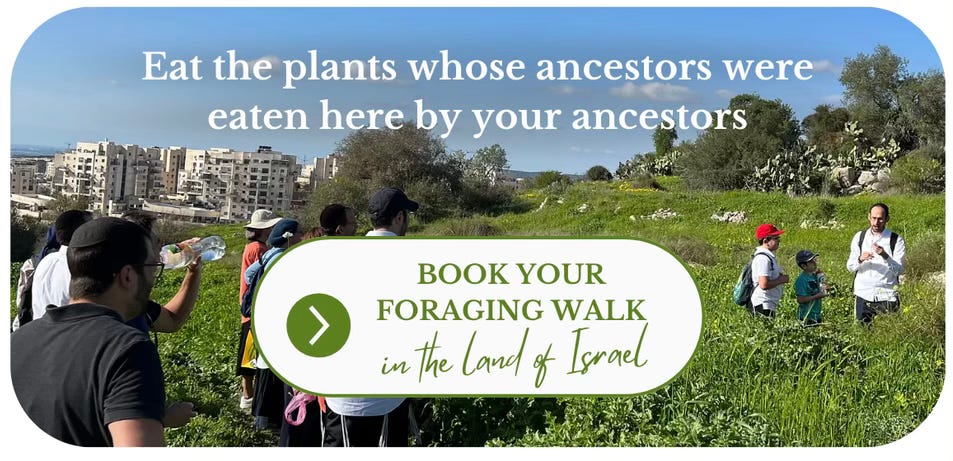

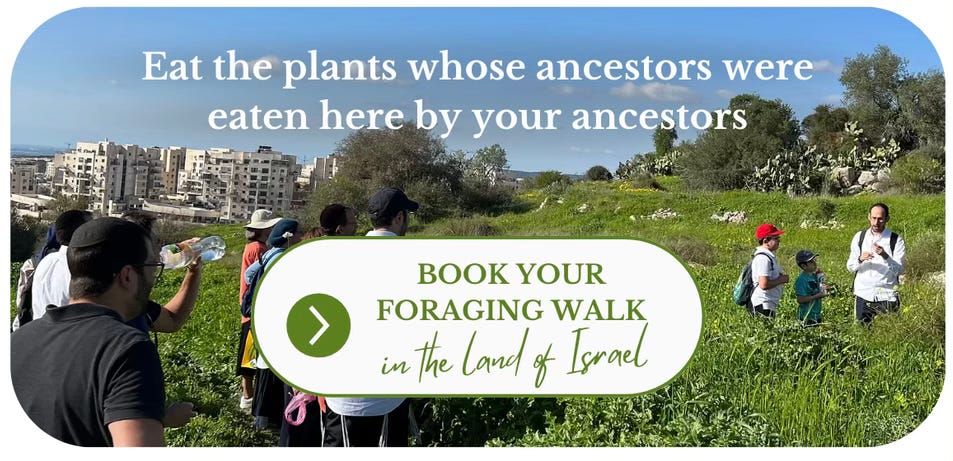

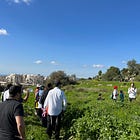





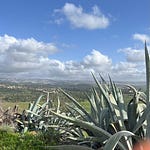
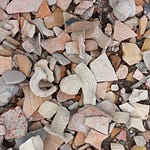

Share this post